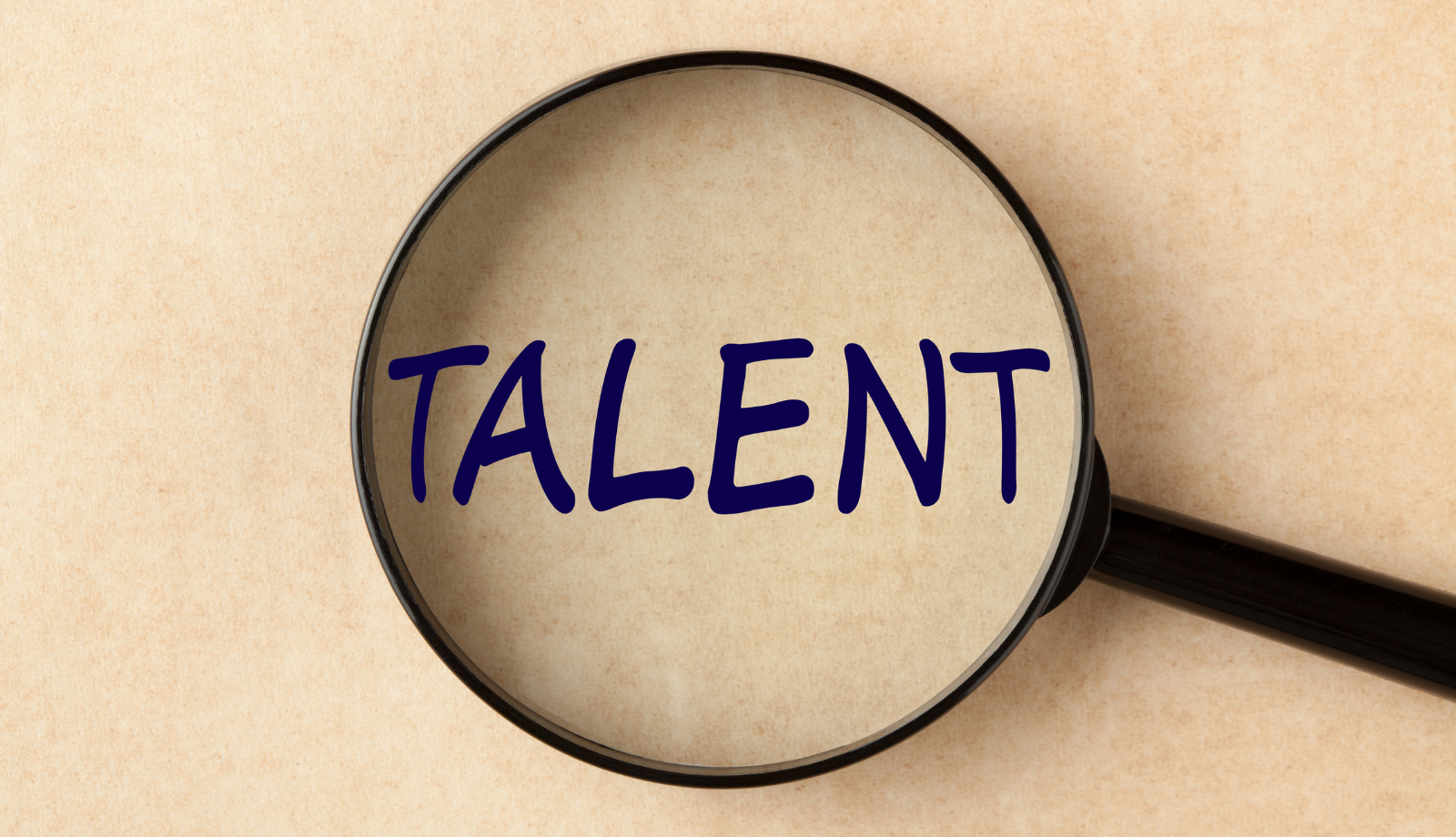An area physiotherapy can look to for innovation is through organisational diversity.
The way we create and structure our organisations.
Most of our clinics are started as a one-woman band.
Essentially, a core-brand built around the caseload of the first practitioner.
And this is the first stumbling block for many.
Trying to replicate the owner.
Their way of thinking, their way of delivering.
It’s an impossible ask.
Most owners come into practice with over 10 years experience.
Most new hires, most new staff members….
Especially nowadays, tend to be new grads.
There needs to be a better way to accelerate learning and development.
Whilst maintaining the owners’ brand.
The many layers of organisational diversity.

With regard to organisational dimensions, we see the following broken down:
- Functional Level/Classification
- Work Content/Field
- Division/Department/Unit/Group
- Seniority
- Work Location
- Union Affiliation
- Management Status
Fairwork has done the hard yards breaking up the functional levels and classifications.
Work content tends to be generalist musculoskeletal for the majority of private practices.
Neurological, aged care and disability have grown exponentially in the last 5 years.
With regards to divisions, or departments, it’s often clinicians OR admin.
Unless you run a truly multidisciplinary team.
Similarly, seniority is often just owner/manager and staff.
We may have multiple locations or satellite clinics, see external diversity.
Our affiliation tends to be united around the APA.
And finally, we get to management status, the crux of today’s topic.
Management status within organisational diversity
To manage, or not to manage?
That is the question.
The million dollar question being, how do we ‘manage’ Gen Z in particular.
As the old frameworks, such as how I was trained at Lifecare 15 years ago…
Well, they really don’t stack up anymore.
Gen Z no longer look for good ‘managers’.
They don’t want to be todl what to do, or how to do it.
They want to be lead.
And this distinction from a very Simon Sinek way, is actually not all that clear.
Great leaders are in fact also, great managers.
To be everything to everyone… that is the real challenge.
The many hats of organisational diversity
This is where we need to recognise the many hats we wear.
It’s not a dichotomy of manager or leader.
It’s learning to wear both hats.
And as leaders, we should all be reasonably well versed in the core skills. Active listening, empathy, coaching.
These are the core skills of being a physiotherapist.
However, they tend to get lost amongst some of our managerial hats.
HR, Operations, Marketing, Finance, Bookkeeping…
With so many hats, on so few people… we find this starts to fall foul.
And so here’s my cutting edge idea.
We obviously can’t outsource a lot in the early days.
But can we insource?
The future looks to organisational diversity
I would argue that this is the future of work itself.
Therapists are no longer one trick pony’s.
We know, far and away, that you and I don’t know a thing about TikTok for example.
But our young generation are living and breathing these ecosystems daily.
Maybe, just maybe, they can be in charge of more of our digital channels.
Not just our social media.
Maybe, someone in your clinic is capable of learning OR already knows about UX (user experience).
And they can use their resources to help enhance this.
If we give them a bit more freedom to play in these spaces.
This is what I see happening within small businesses.
Therapists may take on small portfolios.
And we could offer them their 20% time in this space.
Twenty percent time was invented by Google to allow creative space for innovation.
Spend 20% of your week working on something to improve the business.
Develop a skill.
Learn email marketing or building landing pages.
There’s a wealth of information available for free on the internet.
In my clinic one of our physiotherapists was also a photographer, so that was a no brainer.
I also know of graphic design backgrounds who end up working reception roles…
(This field is notorious for job instability)
But there’s more to organisational diversity.
Perhaps someone on your admin team is unbelievably well organised.
And if they are…
Perhaps we could use those skills, with a very trustworthy person.
In the HR domain, an area that breathes internal diversity.
Helping organise our contracts or even just our basic meetings and follow up events.
This was the Life Ready way, back in the day.
The evolution came from within.
With some level of oversight…
We don’t necessarily need more outsiders.
Perhaps we just need more insiders
People inside our business who are emboldened to challenge the status quo.
From inside-to-out.
This is something I advocate for in my business coaching.
It free’s up the key woman in the business.
Sure, not everything will occur perfectly.
Innovation is great, but implementation is always the challenge.
Hence why I exist by the way…
It’s fundamentally a leadership challenge.
Balancing everything for optimisation.
Ensuring when one activity starts up another doesn’t fade away.
Unfortunately, most staff struggle with multiple responsibilities.
Ironically, the quiet therapists are often the worst at this.
As the old saying goes, if you want something done, give it to a busy person.
Top performers tend to know how to make time.
And this is a great way of finding out who your next generation of leaders are.
When you eventually look to scale your enterprise, you will have 3 or 4 or even 5 people with ready-made skills.
And you, the owner.
You can work with absolute focus on your fundamental challenge.
Growing your business.
Growing organisational diversity from day dot
We can take our people deeper into our business with us.
We don’t have to live alone, inside the confusing parts.
It takes courage to lead in this space.
It’s one thing to lead people in area’s you understand really well.
Like your therapy team, traversing well lit areas.
It’s another, to lead people when the walls around you are unclear.
When we walk together down dark paths.
A leaders’ role might simply be to hold the torch.





